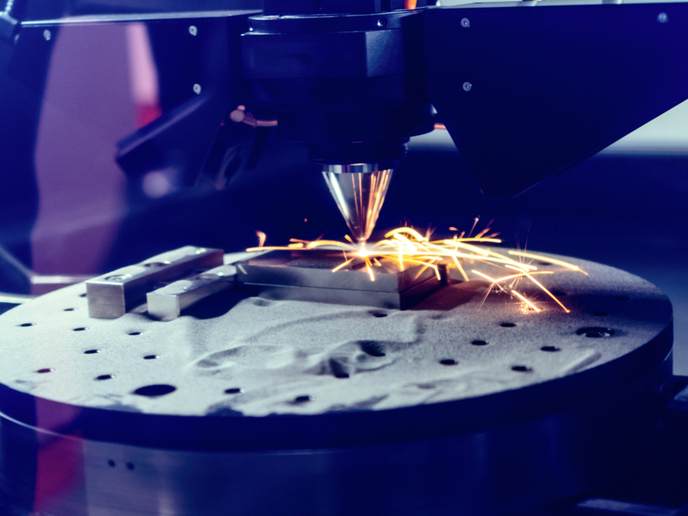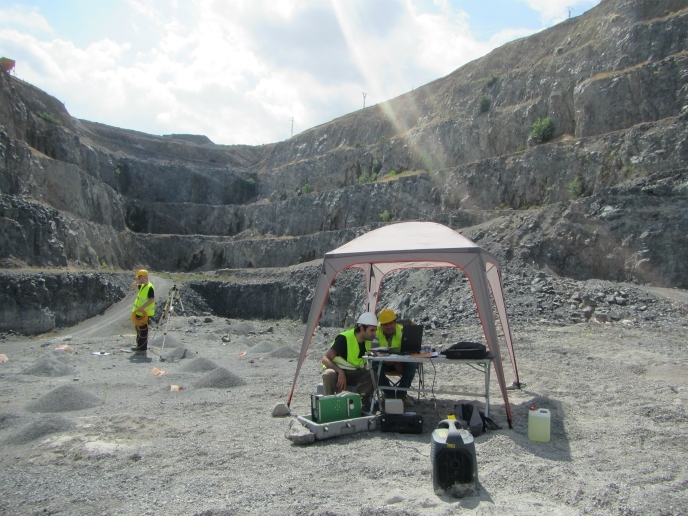Paving the way for a 3D-printing revolution in Europe
Additive manufacturing is the industrial production name for 3D printing, a computer-controlled process that creates 3D parts by depositing materials in layers. This transformative process offers unlimited design freedom, unprecedented levels of device functional integration, while using less energy and raw materials and creating little waste. Despite their potential, additive processes and materials are currently not mature enough to sustain an entire industry. Layer-by-layer printing of parts has simply not reached the speed, precision and scale required to replace traditional manufacturing methods. This is where PAM^2(opens in new window) comes in. Funded by the Marie Skłodowska-Curie Actions programme, the project addressed the whole spectrum of additive manufacturing development, from product design and modelling to manufacturing, quality measurement and final inspection to enable more precise and fine-tuned designs.
Improved design and modelling tools
Focussing on laser-based powder bed fusion, an additive manufacturing technique that uses a laser to melt and fuse the material together to form a 3D object, researchers catalysed action on multiple fronts. A newly designed thermal model called ‘hotspot detector’ helped detect heat concentration zones. A steady-state model was used to integrate additive manufacturing constraints into topology optimisation methods to ultimately generate robust designs that are not prone to overheating. The model enabled researchers to produce improved mould designs for construction toys such as LEGO bricks and support structures that efficiently control heat flow. By combining thermo-fluid dynamic models and lumped-element models, simulation times of the metal additive manufacturing process were significantly decreased, thereby reducing product development time. From modelling the process at different length scales, the researchers found that higher scanning speeds lead to higher cooling rates and finer grains sizes, improving the mechanical strength of the samples. Studies also showed how morphology changes in the depression zone (a cavity induced by the recoil pressure of metal evaporation) affect laser absorption. Ultimately, a new scale model was used to predict residual stresses and deformations.
Advanced process strategies and metrology techniques
The use of statistical process control and quadratic regression offered more reliable predictions about metal part parameters that in turn provided corrective feedback to the design stage of 3D-printed parts. Laser-induced shock waves and remelting methods helped improve metal surface quality, while laser ablation enhanced edge precision. Project activities were also geared toward developing improved metrology tools for in-process and post-process inspection. Researchers tested new methods for optical melt pool monitoring and a compact focus-variation system to conduct in-process quality measurements. They also experimented with a micro-focus X-ray computed tomography system and fringe projection profilometry techniques for post-processing of metal 3D-printed parts. Additive manufacturing technologies are evolving at a fast pace. An increasing number of companies are shifting their production to additive manufacturing or adding it into the mix. The new processes being developed and a growing range of production-grade materials open up a wide range of capabilities. “Additive manufacturing simplifies design and manufacturing of lightweight, custom devices for use in healthcare, automotive, aerospace and other sectors. It could offer Europe the chance to increase its dwindling industry share beyond 20 % of gross domestic product,” concludes project coordinator Ann Witvrouw.







